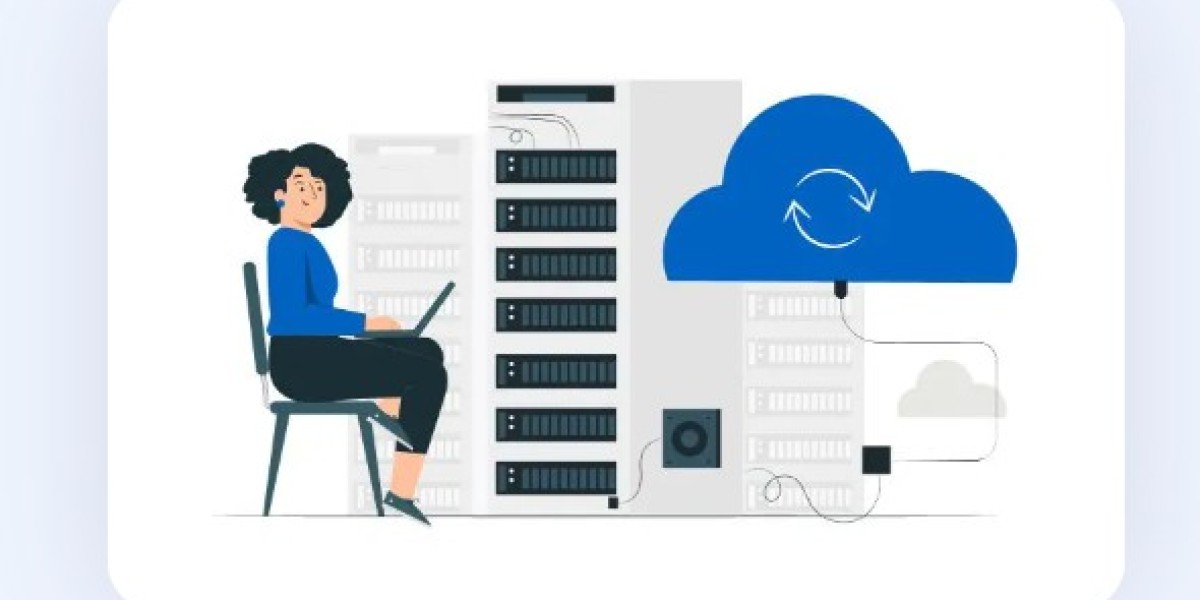The digital landscape is continuously evolving, with businesses striving to stay competitive and relevant in an increasingly technology-driven world. One critical factor in this transformation is legacy application migration to modern platforms, a task that many organizations face as they move toward more agile, scalable, and secure environments. Legacy applications, while often crucial to business operations, can become bottlenecks due to outdated infrastructure, high maintenance costs, and limitations in functionality.
Legacy app migration is often a complex, time-consuming, and resource-intensive process. However, thanks to advancements in automation tools and techniques, many businesses are now able to streamline this migration process, making it more efficient and less prone to errors. This article delves into the importance of automation in legacy app migration and how it can help organizations successfully transition to modern platforms with minimal disruption.
Understanding Legacy App Migration
Legacy app migration refers to the process of moving outdated applications—often built on old technologies, infrastructure, or platforms—into more modern environments, such as cloud platforms, microservices architectures, or newer operating systems. The migration process typically involves several phases, including assessment, planning, data migration, code refactoring or rewriting, testing, and post-migration support.
While legacy systems may continue to serve business needs, they often face significant challenges:
- Limited Scalability: Legacy systems may not scale easily to meet the growing demands of modern business environments.
- High Maintenance Costs: Keeping old systems running often requires specialized expertise and expensive hardware.
- Incompatibility with New Technologies: As technology evolves, legacy apps struggle to integrate with newer tools, platforms, and services.
- Security Risks: Older applications may lack the robust security features required to safeguard against modern threats.
To address these challenges and unlock the benefits of new technologies, many organizations opt to migrate their legacy applications. However, migration is a delicate process, as it involves significant risks, especially if the existing applications are critical to business operations.
Challenges in Legacy App Migration
Migrating legacy applications is not without its difficulties. Some of the most common challenges businesses face during this process include:
- Data Integrity and Compatibility: Moving data between old and new systems can lead to data corruption or loss if not handled correctly. Ensuring that data is properly mapped and converted into the new system’s format is critical.
- Business Continuity: Legacy systems often run mission-critical applications, so downtime during migration can have severe consequences on business operations.
- Skill Gaps: Legacy applications may have been built using outdated programming languages and frameworks, which may require specialized expertise that is becoming harder to find.
- Cost: Migration can be expensive, as it often involves not just the technical migration but also retraining staff, adapting business processes, and updating infrastructure.
- User Adoption: Users may be resistant to change, particularly if the new system looks and operates differently. Ensuring smooth user adoption requires careful planning and training.
Despite these challenges, automating aspects of the migration process can help businesses overcome many of these obstacles.
The Role of Automation in Legacy App Migration
Automation plays a pivotal role in legacy app migration by reducing manual intervention, accelerating timelines, improving accuracy, and minimizing risks. By automating various phases of the migration, organizations can streamline the process and achieve better results with fewer resources. Here's a closer look at how automation supports each phase of legacy app migration:
1. Assessment and Planning
The first phase of a migration project involves assessing the current state of legacy applications. This includes identifying the components that need to be migrated, understanding their dependencies, and determining whether a refactor, re-platform, or complete rewrite is required.
Automation can help by performing the following tasks:
- Inventory and Dependency Mapping: Automation tools can scan legacy systems to create an inventory of applications, their versions, and their dependencies. This reduces the manual effort required to assess the application landscape.
- Risk Assessment: Automated tools can identify areas of risk in the migration process, such as potential data loss, security vulnerabilities, and integration challenges. By highlighting these risks early, businesses can develop strategies to mitigate them.
- Code Analysis: Automated static code analysis tools can scan legacy codebases for potential issues like outdated libraries, deprecated functions, or inefficient coding practices. These tools can help prioritize the work needed for refactoring and ensure that the new system performs optimally.
2. Data Migration
Data migration is one of the most critical aspects of legacy app migration. Moving large volumes of data from one system to another requires careful handling to ensure data integrity, security, and compatibility.
Automation can help with:
- Data Mapping: Automated tools can map data from the legacy system to the new system’s data model, ensuring that no information is lost during the migration.
- Data Validation: Automated validation tools can compare the source and destination data to identify discrepancies and errors, ensuring that the migration process is accurate.
- Data Transformation: Legacy data may need to be transformed into a different format or structure for compatibility with the new platform. Automation can handle these transformations efficiently, reducing the risk of human error.
- Testing: Automated data testing tools can run pre- and post-migration tests to verify that data has been successfully migrated and remains intact. This can include checking for missing records, broken links, or misaligned data fields.
3. Code Refactoring and Rewriting
Legacy code is often written using outdated programming languages or frameworks that may no longer be supported or efficient. Migrating legacy apps often requires either refactoring the existing code or rewriting parts of it to be compatible with modern technologies.
Automation can aid in this phase by:
- Code Transformation: Automated code transformation tools can analyze the legacy codebase and automatically refactor or rewrite parts of the code to comply with modern standards. This can be particularly useful in converting code from old programming languages to more modern ones.
- Continuous Integration: Automation tools can set up continuous integration (CI) pipelines to test code during the refactoring process. By integrating code frequently and running automated tests, businesses can identify and resolve issues early, reducing the risk of bugs in the final application.
- API Integration: Many legacy systems rely on monolithic architectures, while modern applications often use microservices or APIs for integration. Automation tools can help design, implement, and test APIs that connect the legacy system with new systems, enabling seamless communication between the two.
4. Testing and Quality Assurance
One of the most critical aspects of the migration process is ensuring that the new system functions as expected, without introducing errors or performance issues.
Automation can streamline testing by:
- Automated Regression Testing: Regression tests ensure that changes made during migration don’t break existing functionality. Automated regression testing tools can quickly run tests on both the old and new systems, helping identify any regressions in functionality.
- Performance Testing: Automated performance testing tools can simulate real-world usage of the legacy app on the new platform, identifying performance bottlenecks or inefficiencies.
- Load Testing: Automation tools can simulate heavy traffic or high user volumes to ensure that the migrated application can handle the expected load without issues.
5. Deployment and Post-Migration Support
Once the migration is complete, the new system must be deployed and integrated into the business’s workflow. Automated deployment tools can simplify this process by:
- Automated Deployment Pipelines: These tools can automatically deploy the migrated application to the production environment, reducing the risk of human error during deployment.
- Monitoring and Alerting: Automated monitoring tools can track the performance of the new system, alerting administrators to any issues such as performance drops, security vulnerabilities, or failures.
- Rollback Capabilities: In case something goes wrong after deployment, automation tools can quickly roll back changes to the previous state, minimizing downtime and disruptions.
Benefits of Automation in Legacy App Migration
- Speed: Automation accelerates the migration process by reducing manual efforts and streamlining key tasks. This allows businesses to complete the migration faster, minimizing downtime and business disruption.
- Cost Efficiency: By automating repetitive tasks, businesses can reduce the number of resources required for the migration process, resulting in cost savings.
- Reduced Errors: Automation eliminates the potential for human error, ensuring greater accuracy and consistency throughout the migration process.
- Improved Testing and Quality Assurance: Automated testing ensures that the migrated application meets the required standards for performance, security, and functionality.
- Scalability: Automation tools can handle large volumes of data and complex codebases, making the migration process scalable for even the largest organizations.
Conclusion
Legacy app migration is a critical step for businesses looking to modernize their technology stack and stay competitive. However, the process can be challenging without the right tools and strategies in place. Automation offers a powerful solution to streamline the migration process, reduce costs, minimize errors, and ensure business continuity.
By leveraging automation throughout the assessment, data migration, code refactoring, testing, deployment, and post-migration phases, businesses can ensure a smooth and successful transition to modern platforms. In the end, automation not only simplifies legacy app migration but also helps organizations unlock the full potential of their new systems, driving innovation, efficiency, and growth.



